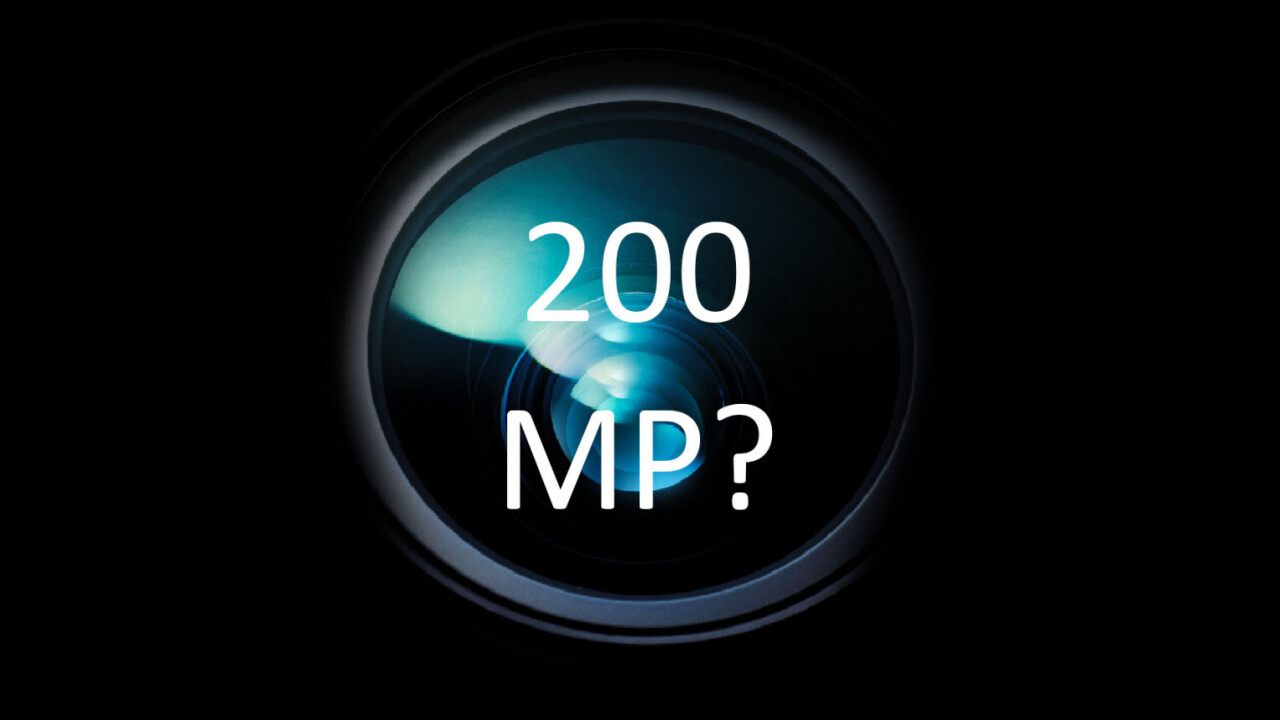
Once upon a time, 8 megapixels on a smartphone camera was a big deal. 50 megapixels used to be impressive. Then 100 MP phones arrived and that was neat too, I guess.
But does anyone really want 200 megapixels? That’s what Motorola seems to be banking on with its upcoming flagship phones.
Lenovo’s general manager posted an image teasing a 200-megapixel smartphone on Weibo (Lenovo owns Motorola). The post didn’t reveal much about the device beyond a July release date, although a separate post did tease a foldable device (presumably the Razr 3) sporting the new Snapdragon 8+ Gen 1 chip.

Let’s be clear: 200 megapixels on a phone is overkill. There are benefits to high resolution, but even the most expensive professional cameras in the world don’t achieve such resolutions natively.
The Hasselblad H6D-400C, a $47,000 camera, can reach 400 megapixels by combining multiple images into one, but its actual sensor is ‘only’ 100 megapixels. Phase One’s XT IQ4, at 150 megapixels, has the highest native sensor resolution available in a prosumer camera, and that one retails for $57,000.
If the pros don’t need that type of resolution in their cameras, you don’t need it on your smartphone. For reference, 4K is a measly 8.3 megapixels while 8K is “only” 33.2 megapixels.
Again, there are some benefits to that kind of detail. When smartphones use such high resolutions, they rarely actually end up producing high-megapixel photos. Instead, they effectively combine multiple pixels in a process called “pixel-binning,” which can improve the low-light performance, dynamic range, and color rendering of a photo. So instead of a 200-megapixel photo, you will likely end up with a 12-ish megapixel photo instead.
Likewise, high-resolution sensors are an easy way to allow people to “zoom” into scenes without fitting a large telephoto lens (zoom is in quotes because all you’re really doing is cropping) into a thin device.
But using such a high-resolution sensor isn’t without problems. It requires more processing power and storage if images are being saved at a higher resolution. And even with binned images, the image quality benefits are negligible compared to simply using a lower-resolution sensor.
Perhaps more importantly, such a high resolution is unlikely to make an appreciable difference in image quality.
For one, the lenses in smartphones just aren’t capable of resolving that much detail. Few lenses in professional cameras can resolve that kind of resolution, let alone the tiny little optics in smartphones.
For another, we’ve consistently seen that image processing is more important than the latest camera hardware these days. There’s a reason Google’s Pixel phones were able to produce some of the best photos among handsets available at the time, while using outdated hardware.
But 200 megapixels sounds better than, say, 50 megapixels. So 200 megapixels it is.

To be fair, we’ve known 200 megapixel phones were coming for some time now. It’s likely Motorola’s upcoming phone is using the Isocell HP1, a sensor Samsung announced last year.
But as is often the case, it has taken quite some time for the sensor to actually become available. Samsung itself isn’t expected to use this sensor until next year’s S23.And that delay is likely because even Samsung knows it doesn’t need the latest and greatest hardware to achieve great photos.
For most of smartphone history, image quality has had little to do with resolution. The phones generally considered to have the best cameras have rarely been the ones with the highest resolution sensors, and that’s unlikely to change with whatever Motorola is cooking up. The high megapixel count is a neat party-trick, but here’s hoping the company pays more attention to image processing than numbers on a spec sheet.
Via 9to5Google
Get the TNW newsletter
Get the most important tech news in your inbox each week.





